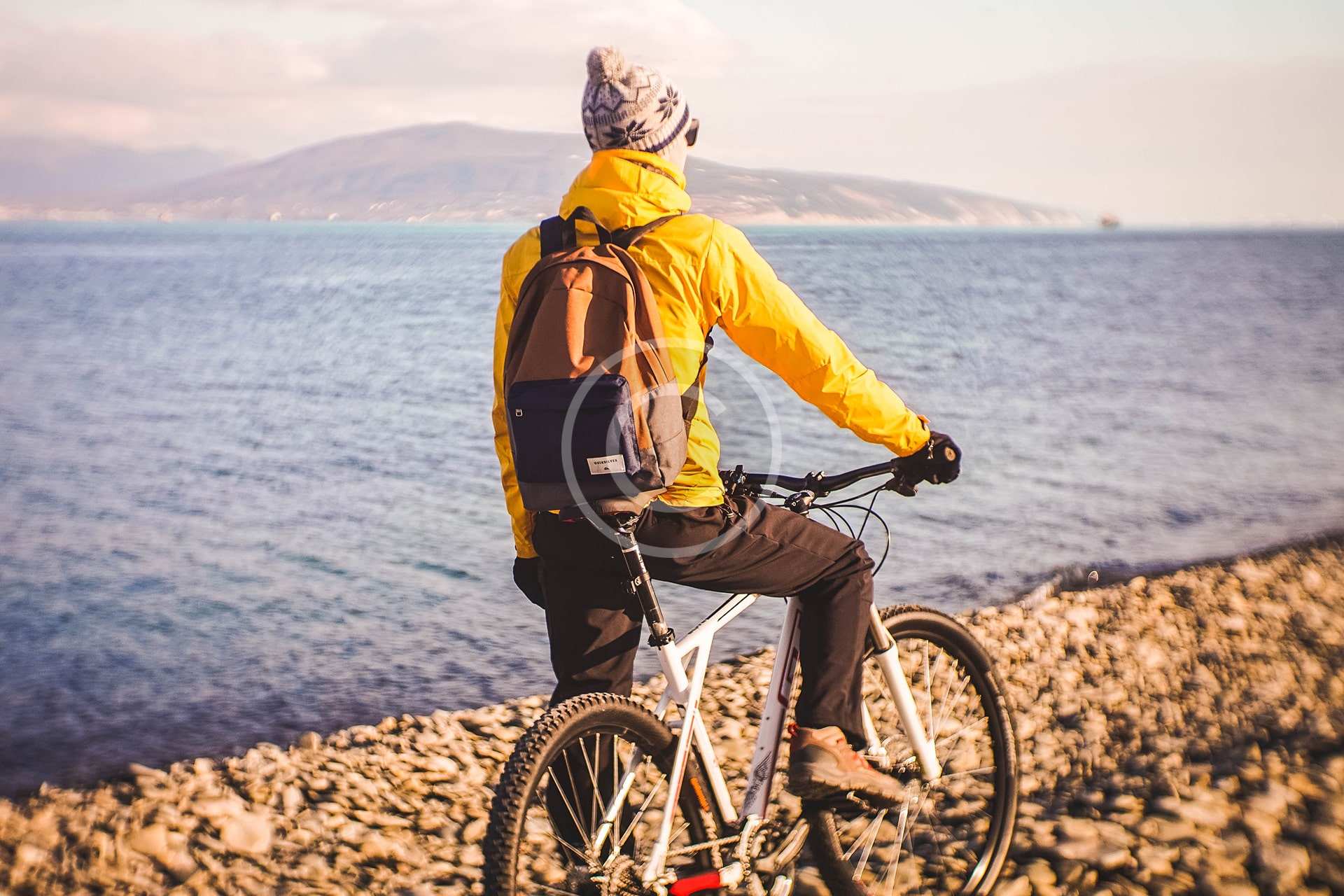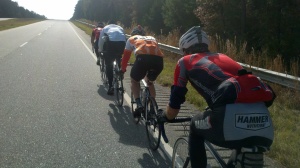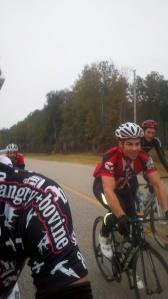No products in the cart.
First Time on a New Group Ride
Many people begin a hobby because of the social environment. Golf, tennis, running and cycling are
great examples of this. Riding is a social atmosphere that many people initially get into because of a friend, family member or colleague, but availability and ability levels can change and the need to search out others to ride with becomes a necessity. If you have found yourself in this situation, here are three key steps in joining in on group rides.
Vet Your Ride
It sounds silly, but this is the most important part of selecting a group ride. There are riders of so many ability levels that you could find yourself with a group that is too fast, too slow, or, even worse, on a ride distance that is above your current capability. Trust us, nothing can make for a rougher day than being in shape for a 3 hour riding and finding out you chose a 6 hour loop with no shortcuts and with a fast group. So, find out what the distance is, the average speed of the group, the course (in case you get separated), the tempo of the ride (steady effort vs. high intensity w/slow points), how many people usually ride (the fewer people the more work you will usually end up doing), and if the group stop or do you need to have everything on hand for the entirety.
15 minutes As a Fly on the Wall
Take the first 15 minutes of the ride to ride near the back and observe. This will give you the opportunity to see what the group dynamic is, what pace the group sets, and the handling competency of the riders.
It may seem tedious or cautious, but a quick way to upset cyclists and a new potential group of friends is to go to the front of their relaxed Sunday morning ride and drill the pace.
Make a Friend(s)
Yes, you might be joining to make new friends, but this is a different kind of friend. This is the one that will help you navigate the route. It’s so simple, but a little heads up on a turn, a dog that normally chases the pack, the occasional heads up on a pothole or even the guys/gals we you definitely do not want to follow unless you like the taste of asphalt is nice to have.
Okay, so you have vetted the ride, been a fly on the wall and made at least one new friend — now, there is only one thing to do: Have some fun!









